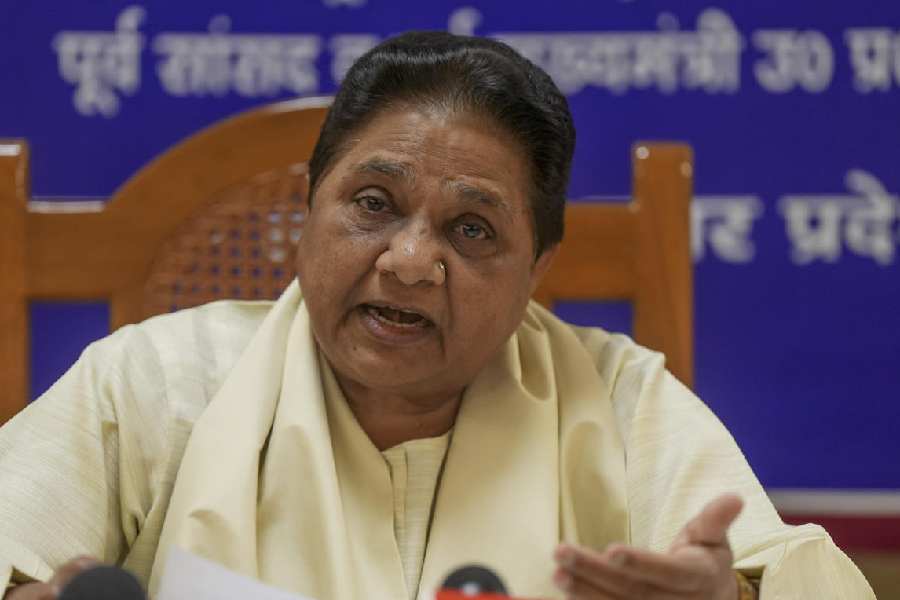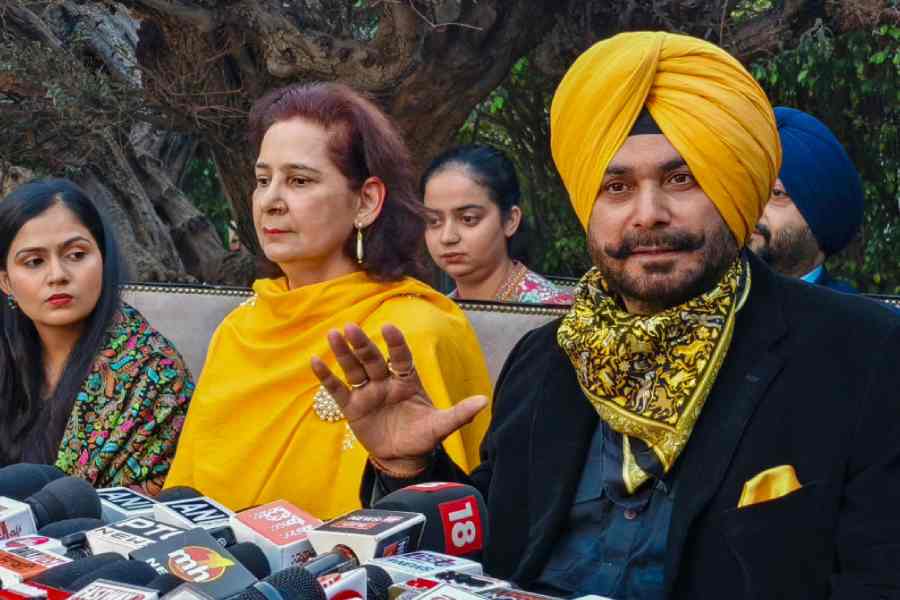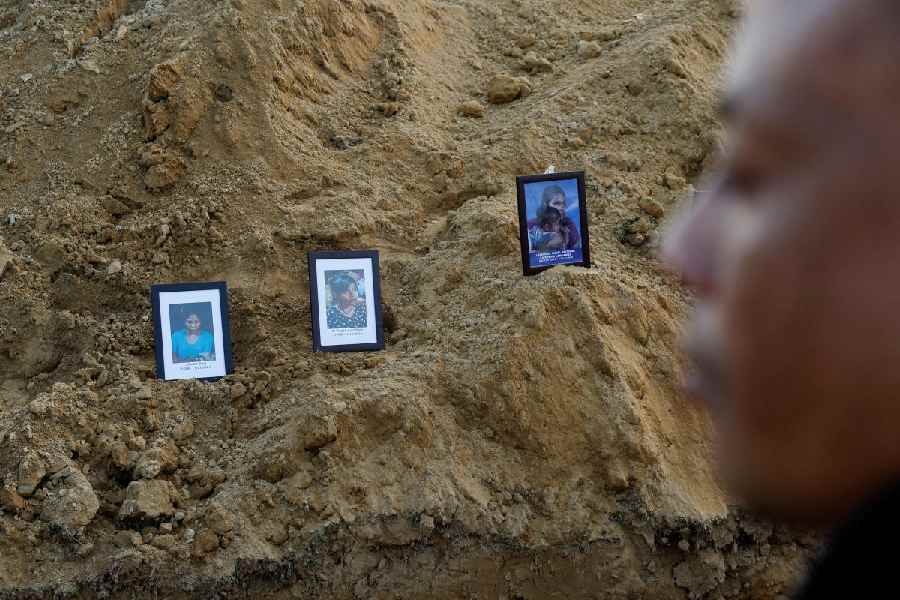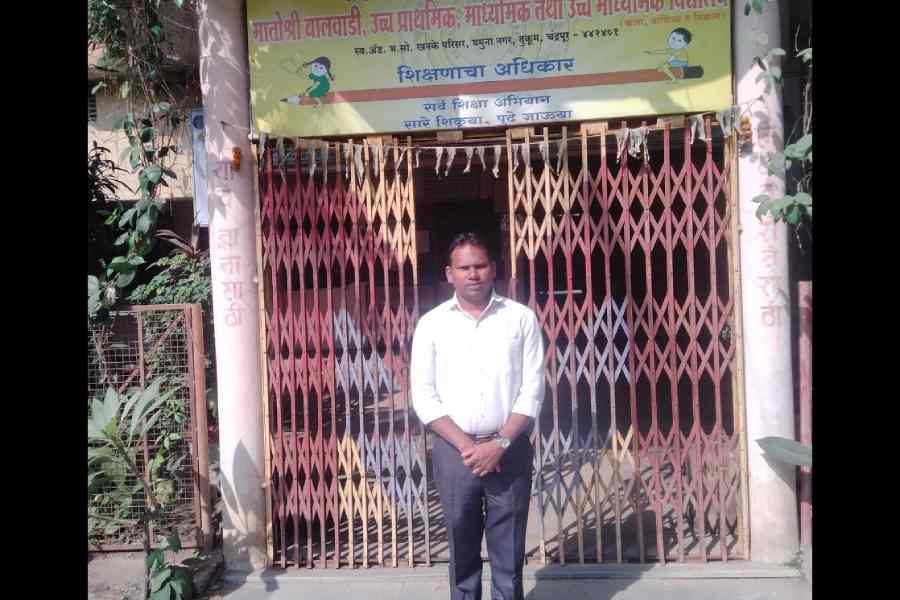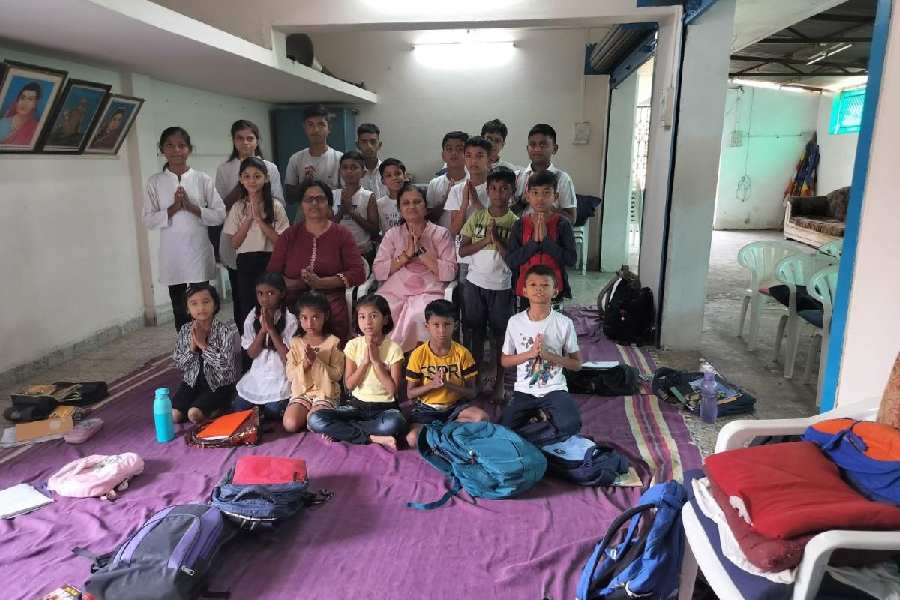Parents’ groups on Tuesday decried a Union health ministry policy document that has said the government lacks finances to support expensive treatment for rare diseases and asked affected parents to rely on “crowd-funding” instead.
The National Policy for Rare Diseases 2020, released on Monday for public feedback, offers “no hope” to most affected families because its pledged one-time government assistance of Rs 15 lakh is insufficient, members of two parents’ groups said.
Children with such inborn diseases as Fabry disease, Gaucher disease or Pompe disease require high-cost lifelong treatment. Medical experts estimate that treatment costs for a child weighing 10kg could range from Rs 10 lakh to Rs 1 crore per year.
The prevalence rates of such diseases range from less than 1 to less than 6.4 per 10,000 population.
The NPRD 2020 replaces the ministry’s 2017 policy where it had pledged to create a Rs 100-crore corpus to support treatment. But the ministry, in December 2018 and again in the NPRD 2020, has asserted that it has to balance competing priorities under resource constraints.
“Interventions that address health problems of a much larger number of persons by allocating a relatively smaller amount are prioritised over others such as funding treatment of rare diseases where much greater resources will be required for addressing health problems of a far smaller number of persons,” it said.
The ministry said “it will be difficult for the government to fully finance treatment of high-cost rare diseases” given the constraints.
It has offered financial support of up to Rs 15 lakh for treatment of diseases such as severe combined immunodeficiency, metabolic liver disease or polycystic kidney disease that require one-time curative treatment through stem-cell or organ transplantation.
Parents’ representatives said the ministry has basically asked affected families to fend for themselves. “This policy makes a mockery of patients and affected families,” Prasanna Shirol, founder, Organisation for Rare Diseases India, told The Telegraph. “How does a government make a policy that asks affected families to rely on crowdfunding?”
Many affected parents will not be eligible for the one-time Rs 15-lakh financial support because their children require long-term treatment, he pointed out. Parents also pointed out that Rs 15 lakh was unlikely to be sufficient to support liver transplants that require follow-up care and medication whose costs would exceed that amount.
“The government has shown that it has no intention to develop a workable policy — this policy is an eyewash,” Manjit Singh, president of the Lysosomal Storage Disorders Support Society, said in a media statement.
The ministry has offered to help create a digital platform through which individuals and corporate donors could support the treatment of patients with rare diseases through a network of hospitals to be notified by the government as “Centres of Excellence”.
It has listed eight public hospitals, including the Institute of Post-Graduate Medical Education and Research, Calcutta, the All India Institute of Medical Sciences, New Delhi, and King Edward Hospital, Mumbai, that would provide treatment through donations received through the digital platform.
Since the health ministry released the 2017 policy document, it had received through state-based panels around 180 applications from eligible patients. But the ministry has since then indicated that the 2017 policy was a hastily crafted document that did not take into account the financial implications of promising treatment.


